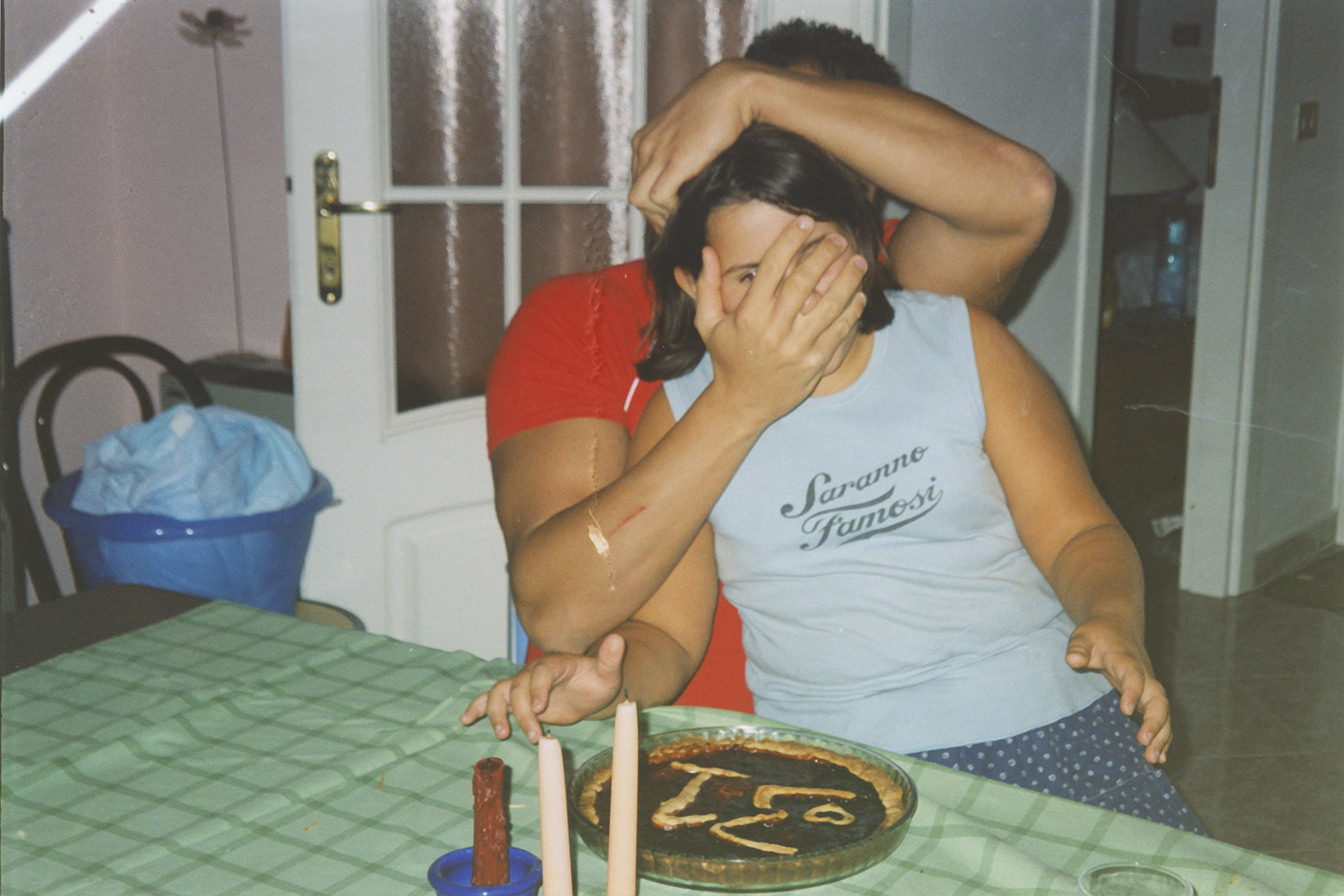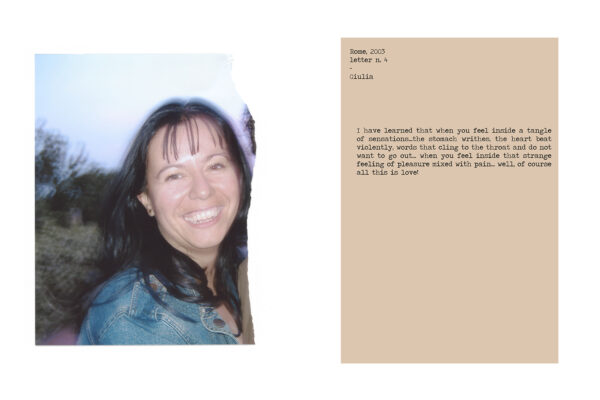Martina Zanin
LIves and works in Italy
www.martinazanin.com
I Made Them Run Away
My artistic practice is mostly based on personal experiences.
The multimedia projects are developed intertwining two or more points of views on a central story, trying to embrace different perspectives with the use of archive or family images, photography and text.
My work talks about women, love, and illusion. As a woman photographer I felt the urge to share my story in order to raise awareness on the topic of unhealthy relationships; to reflect on a subject such as memory and the role it plays in everyday life and on the shaping of identity; as well as elaborate past events through the development of an artistic project.
“So much of dating involves this interplay of empathy and narcissism: you weave an entire narrative out of a tiny amount of information, and then, having created a compelling story about someone, you fall in love with what you’ve created.” – Kristen Roupenian on the Self-Deception of Dating
I Made Them Run Away is a multi-layered story weaving together family images and photographs with texts written by my mother. It brings together memories from the past and feelings of the present to investigate the dynamics of contemporary relationships – the need for attention, the expectations that cause disillusionment, insecurity and judgment. Central themes include love, fantasy, illusion, and identity.
Shifting between the different points of view, I depicted the recurring complicated triangle relationship between me, my mother and the “man” – mostly represented as an absence in the work. Fantasizing about a “man” she was never able to keep, my mother wrote her thoughts and desires in a diary entitled Letters to a Man I Have Never Had. The poetical and wistful writing, clash with the torn family images, of which my mother has preserved only her figure, or mine, tearing off all her ex-boyfriends, creating objects saturated with anger and loneliness.
Every other picture is my inner reconstruction and expression of past feelings that become apparent in the present, documenting the imaginative and the facts. The viewer is struck by an ambivalent feeling that is divided between compassion and anger without ever being able to take a position between the two characters.


















